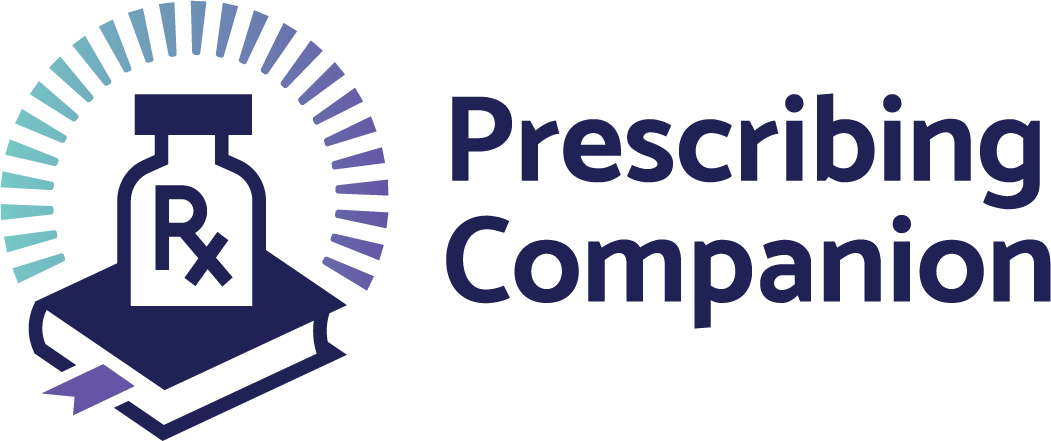ICD11 CODE: A99
Ebola and Marburg are severe zoonotic multisystem febrile diseases caused by RNA viruses. They are notifiable diseases.
Cause
- Ebola and Marburg viruses. Transmission to humans happens through contact with meat or body fluids of an infected animal. The disease can then be transmitted from human to human through body fluids (including semen for months after recovery) and it is highly contagious.
Risk factors
- Communities around game parks
- Communities in endemic area
- Cultural practices like burial rituals
- Poor infection control policies
- History of exposure to infected people in the last 2 to 21 days i.e sexual partner, breastfeeding mothers
- Recent contact with infected animals e.g monkeys, bats, infected game meat
Clinical features
- Early signs (non specific): sudden fever, weakness, headache, muscle pains, loss of appetite, conjunctivitis
- Late signs:
- Diarrhoea (watery or bloody), vomiting
- Mucosal and gastrointestinal bleeding: chest pain, respiratory distress, circulatory shock
- CNS dysfunction, confusion, seizures
- Miscarriage in pregnancy
- Elevated AST and ALT, kidney injury, electrolyte abnormalities
Note: Haemorrhage is seen in less than a third of Ebola patients
Differential diagnosis
- Malaria, rickettsiosis, meningitis
- Shigellosis, typhoid
- Anthrax, sepsis, viral hepatitis, dengue, leptospirosis
Investigations
-
Send blood sample to a referral laboratory for specific testing (taking off blood samples from patients suspected of viral hemorrhagic fever should be done by a trained healthcare worker in appropriate PPE.
-
Notify district surveillance focal person
Management
| Treatment | LOC |
|
RR |
Safety of health workers: maximum level of infection control procedures
Health workers should maintain a high level of suspicion for Ebola virus disease. While standard precautions should be followed for all patients at all times, implementation of transmission-based precautions for cases suspected or confirmed to have Ebola or Marburg virus diseases is essential. This includes: screening for rapid identification and isolation of cases.
Hand hygiene according to the WHO 5 moments safe injection practices use of personal protective equipment (e.g. eye protection, mask (medical or respirator), gloves, gown or coverall, head covering, apron and gum (rubber) boots.
Handling and disposing of all waste related to the care of an Ebola patients as infectious
Safe handling and disinfection of linens (or disposal if not possible) and thorough cleaning and disinfection of the environment and medical equipment.
Disinfectants (e.g. chlorine mixture of 0.5% for surfaces) used must be prepared and used ensuring adequate concentration and contact time on surfaces.
Handling of the deceased is particularly high risk and should be kept to a minimum. Strict adherence to IPC measures including hand hygiene, use of personal protective equipment (e.g. eye protection, mask (medical or respirator), gloves, gown or coverall, head covering, apron and gum (rubber) boots is required.
Patient care
- Refer to the MoH recent guidelines for management of viral hemorrhagic fevers
- Optimised supportive treatment of signs and symptoms
- Replace and monitor fluids and electrolytes for patients with diarrhoea or vomiting
Triage and contact tracing
- Triage patient (those who had contact with a patient or not)
- Contact identification, contact listing and contact follow up
Dead Body handling
- Avoid washing or touching the dead
- There should be no gathering at funerals
- The dead should be buried promptly by a designated burial team
Prevention
- Health education of the population (e.g. avoid eating wild animals)
- Effective outbreak communication and having haemorrhagic viral fever protocols in place
- Appropriate safety gear for patients/health workers in suspect cases
- Modification of burial practices
- Use of condoms
